The Kashmir Files of Sikhs — In Search of Things Lost, Other Than Amritpal
![In times of extreme rhetoric of being under attack, agendas driven by forked tongues, social media madness and 24-hour deadlines on one side, and demonizing of an entire people and region on the other, our battle must be much bigger. Sarbat Da Bhala vow enjoins upon us not to forget this Ides of March chapter that underlines an agenda worthy of a Guru’s people – Justice. A WSN Exclusive by celebrated ace journalist SP Singh. INDIA has had its fill, watching The […]](https://www.theworldsikhnews.com/wp-content/uploads/2023/03/Chitti-Singhpura-Slider-360x267.jpg)
In times of extreme rhetoric of being under attack, agendas driven by forked tongues, social media madness and 24-hour deadlines on one side, and demonizing of an entire people and region on the other, our battle must be much bigger. Sarbat Da Bhala vow enjoins upon us not to forget this Ides of March chapter that underlines an agenda worthy of a Guru’s people – Justice. A WSN Exclusive by celebrated ace journalist SP Singh.
INDIA has had its fill, watching The Kashmir Files, and cinema halls reverberated with Hindutva-dripping patriotic slogans masquerading as abuse for Muslims as the country erased a certain history of Kashmir and invented a new one.
As the state mounts an Amritpal-shaped spectacle with every new video grab, and as Punjab’s YouTube journalism goes ga ga over it, rustling ever more views and collecting YouTube dollars, the message going out there is that the minority Sikh community has to do more on the human rights and civil liberties front.
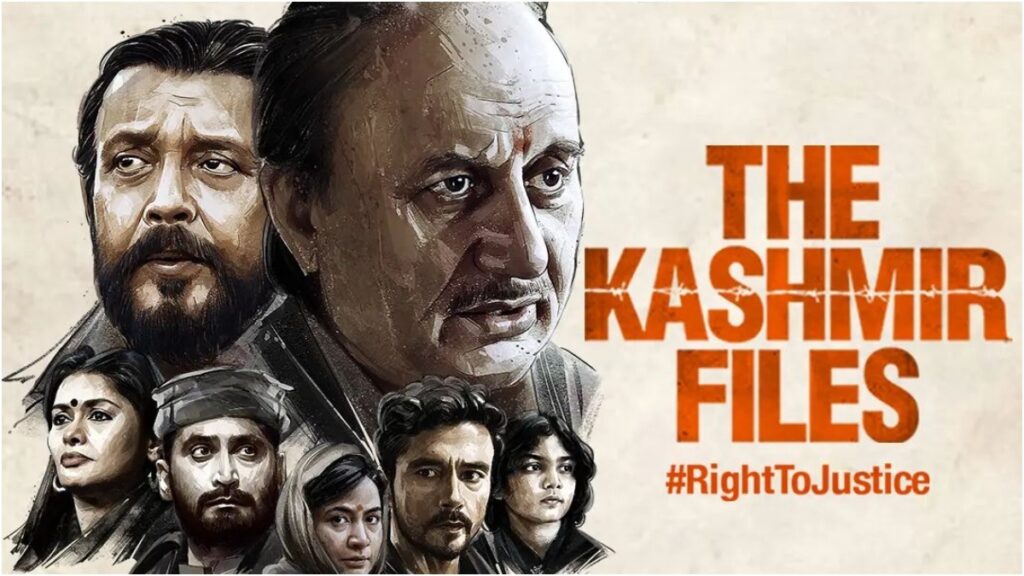
As the Panth dived into a sea of videos, CCTV grabs and police’s claim about sightings of Amritpal Singh, allegedly on the run but always managing to leave behind an image in a lens – peculiarly never more than one in a day – March 20 passed without anyone even beseeching the rulers in Delhi or Srinagar to tell us the truth: Who killed 35 Sikhs on March 20, 2000, in Chittisinghpora, Kashmir?
Who killed 35 Sikhs on March 20, 2000, in Chittisinghpora, Kashmir?
It is surprising that the Sikh community has not asked this question, not even when it is calling for Panthic conclaves, harking about human rights or setting 24-hour deadlines for the regime to release wrongly arrested Sikh youth. People in Kashmir still expect the community to revisit the Brakpora files.
Because only if we asked that question will we be able to ask other related ones: Who killed the five men after they had gone missing from Brarianagan and Halan, the villages near Chittisinghpora, on March 25, 2000?
The fact is that the community hasn’t engaged with its own bunch of Kashmir Files for 23 years now.
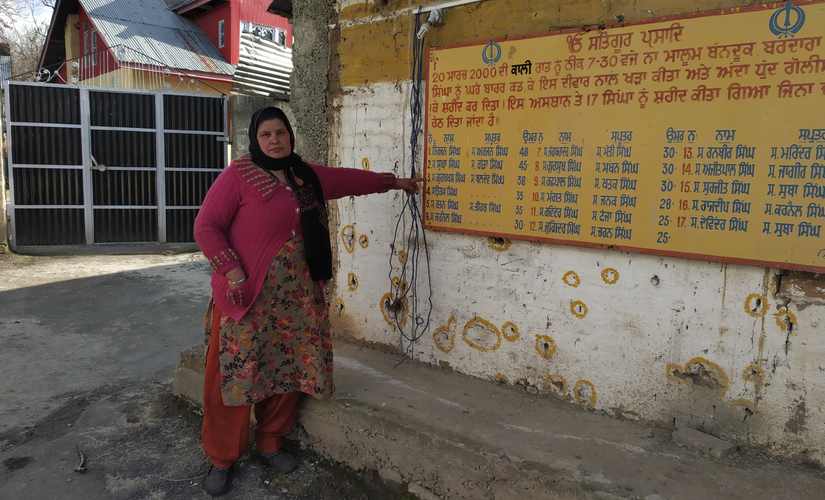
As the state mounts an Amritpal-shaped spectacle with every new video grab, and as Punjab’s YouTube journalism goes ga ga over it, rustling ever more views and collecting YouTube dollars, the message going out there is that the minority Sikh community has to do far more on the human rights and civil liberties front.
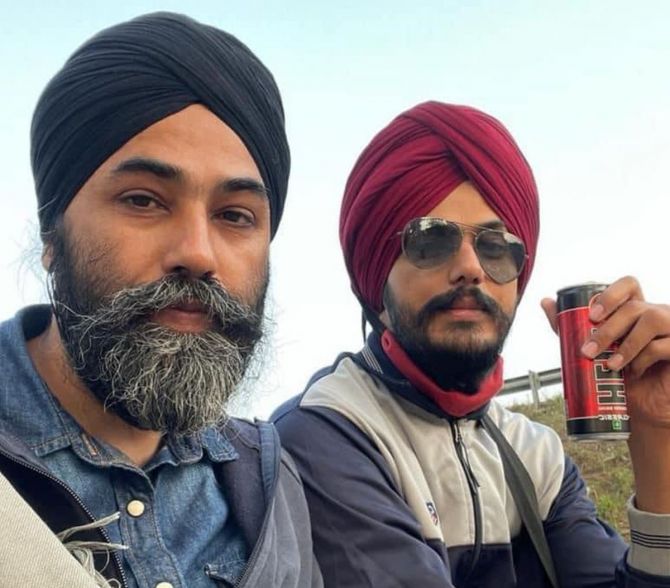
Punjab, and the Panth in particular, should be worried about this narrative because it has never been found absent from human rights battles. The Panth was there at the Shaheen Bagh, it was there when Kashmiris were being attacked, it raised its voice when the regime stormed the JNU, and it stood up for the liberty of Sudha Bharadwaj, Gautam Navlakha, and their fellow comrades.
The Panth now also needs to do more than merely track the movements of Amritpal Singh and ‘sharing’ and ‘liking’ YouTube journalism’s inanities. It must send a clear message to both – the majoritarian state and the minority community facing the ire of the regime across the country: We do care, and we will not be found AWOL. It starts by revisiting our own very personal Kashmir Files.
The Panth now also needs to do more than merely track the movements of Amritpal Singh and ‘sharing’ and ‘liking’ YouTube journalism’s inanities.
As elements in not just the radical fringe but even some of the moderate sections of the community fall for a rather peculiar formulation – if “they” can demand a Hindu Rashtra, then “we” can also demand a Sikh nation – the Panth should ask itself some hard questions about its silence on the Chatisinghpora-Pathribal-Brakpora Files.
March/April is always a great season to ask those questions.
 Interestingly, when Madeleine Alright – at one time one of the most powerful women in the world who made an incredible journey from being once a child in war-torn Europe and forced to flee her home, to becoming the United States Secretary of State – died last year on March 23, The Kashmir Files was still running in theatres across India.
Interestingly, when Madeleine Alright – at one time one of the most powerful women in the world who made an incredible journey from being once a child in war-torn Europe and forced to flee her home, to becoming the United States Secretary of State – died last year on March 23, The Kashmir Files was still running in theatres across India.
She was part of the Clinton cabal that busied itself fashioning a new world order and was a mute witness to the Rwanda massacre, but her death should have interested the Sikh community in particular since she wrote part of the Panth’s Kashmir files. But we will come to that shortly after we have sifted through the Sikhs’ Kashmir files.
Sikhs should know that their Kashmir files — the Chittisinghpora Files, the Pathribal Files, and the Brakpora Files — all carry the time stamp of “Spring of 2000 – Kashmir.” Indian history project wrote these files within the pace of a fortnight during the season Kashmiris call Sonth and Punjabis call Basant.
Here are the three files, one by one, each bloodied with gunshots, lies, deceptions, and state thuggery.
The Chittisinghpora Files —
Hours before United States President Bill Clinton was to land in New Delhi for his India visit in March 2000, unidentified gunmen in army fatigues lined up 36 Sikhs in front of two gurdwaras in the remote South Kashmir village of Chittisinghpora that did not even have a phone. One escaped with a gun wound, while 35 were killed.
It was the evening of March 20, 2000.
Clearly, some force was trying to send a message to Washington. Pakistan said Indian security forces were behind the massacre because India wanted to defame Pakistan, while the Vajpayee government claimed it was doing of the Lashkar-e-Taiba and Hizbul Mujahideen, both groups backed by Pakistan.
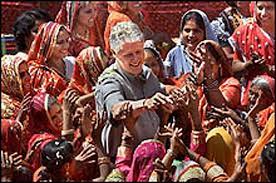 Clinton was still in India when the breakthrough came. A man called Yaqub Wagay, a Muslim resident of Chittisinghpora had been caught. He had led the killers to the hapless Sikhs. By all accounts, Clinton must have been mighty impressed.
Clinton was still in India when the breakthrough came. A man called Yaqub Wagay, a Muslim resident of Chittisinghpora had been caught. He had led the killers to the hapless Sikhs. By all accounts, Clinton must have been mighty impressed.
If he wasn’t, he would have been a couple of days later. Hours before the then Union Home Minister L K Advani was to visit the massacre site on March 25, 2000, about 11 miles from Chittisinghpora, in the village of Panchalthan, the army, and the J&K police gunned down five LeT terrorists who, it said, were responsible for the Chittisinghpora massacre of 35 Sikhs.
Advani and then CM Farooq Abdullah were given a special presentation with help of site maps about how the operation was carried out.
The Patharibal Files —
Meanwhile, something else had happened. Five men had gone missing from two neighbourhood villages, Brarianagan and Halan, and Anantnag town. Their kin claimed they were taken away by army men in the middle of the night.
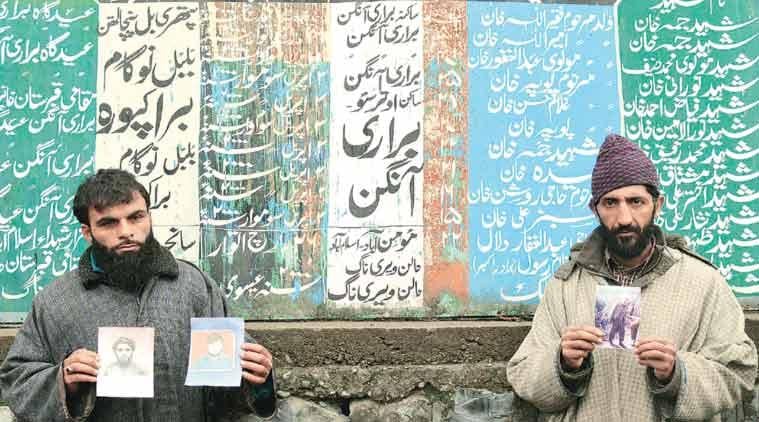
While the government had claimed that five LeT terrorists were killed in a five-hour-long gun battle, villagers were not aware of any such shootout.
Suspicion arose that the five killed in the encounter and declared foreign militants could be the same five men abducted from their houses by the army. A villager from Pathribal, who saw the bodies of the men killed in the encounter, recognised one of them as Jumma Khan, one of the abducted men.
Anantnag saw processions by relatives of the five missing men. It became a major issue and the government was forced to order a judicial enquiry. There was no explanation for why the five dead terrorists were buried in graveyards miles apart from each other.
The Brakpora Files —
Protestors, unsatisfied and angry, marched towards the deputy commissioner’s office on April 3, 2000, where CRPF and police opened fire, killing nine of them. Some of the dead were close relatives of the five missing villagers.
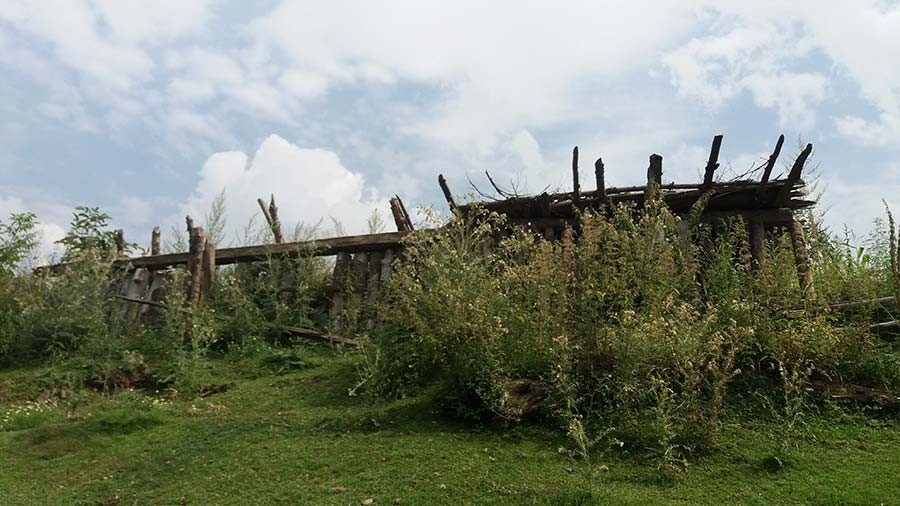
As the crescendo of protest rose, the J&K government suspended a couple of police officers, including the district police chief, and ordered that the bodies of the five men killed in the encounter be exhumed and DNA samples be examined.
The Exhumed Files —
On April 6-7, 2000, the days of exhumation, carried out in full public view, relatives narrated lists of what a particular dead man was wearing, the kind of ring a deceased had on his finger, or the watch on his wrist. Every single detail they told about those still buried six feet under turned out to be true.
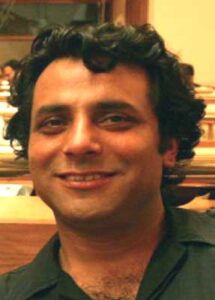 Among many others, Muzamil Jaleel of The Indian Express, a sterling journalist known for his courageous writings and a stickler to the ethics of the profession, was present at the exhumation site.
Among many others, Muzamil Jaleel of The Indian Express, a sterling journalist known for his courageous writings and a stickler to the ethics of the profession, was present at the exhumation site.
Novelist, essayist and award-winning author Pankaj Mishra, who had reached Chittisinghpora within a day of the massacre of 35 Sikhs, describes the exhumation thus:
“When the bodies were finally exhumed, almost two weeks after the murders, they were discovered to have been badly defaced. The chopped-off nose and chin of one man—a local shepherd—turned up in another grave. The body of a local sheep and buffalo trader was headless—the head couldn’t be found—but was identified by the trousers that were intact underneath the army fatigues it had been dressed in. Another charred corpse—that of an affluent cloth-retailer from the city of Anantnag, presumably kidnapped and killed because he was, like the other four men, tall and well-built and could be made to resemble, once dead, a “foreign mercenary”—had no bullet marks at all. Remarkably, for bodies so completely burnt, the army fatigues that they were dressed in were almost brand new.”
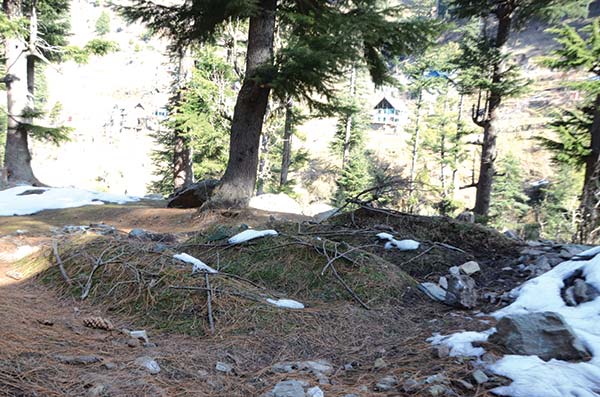
The DNA Files —
The truth about Patharibal was already out, but efforts were made to corrupt the evidence. Muzamil Jaleel reported how, on February 26, 2001, “the Hyderabad laboratory wrote to J&K Police, saying that samples supposed to be of a female relative of one of the victims actually belonged to a male.” Similarly, a sample supposed to be of a female relative actually turned out to be the blood of two different men. Initially, the government kept the scandal under wraps, but by the March of 2002, CM Farooq Abdullah told the J&K assembly that officials had indeed tampered with the DNA samples.
The Barakpora Firing Probe Files —
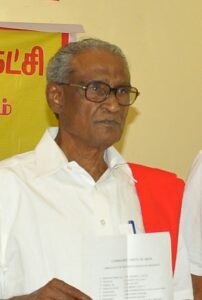 Justice S. R. Pandian Commission, set up by the J&K Government to inquire into the Barakpora firing incident in which nine people including relatives of Patharibal fake encounter victims were killed, indicted the security forces for “murder of peaceful protestors” and said these were clearly linked to the “faked encounter killings in Pathribal”.
Justice S. R. Pandian Commission, set up by the J&K Government to inquire into the Barakpora firing incident in which nine people including relatives of Patharibal fake encounter victims were killed, indicted the security forces for “murder of peaceful protestors” and said these were clearly linked to the “faked encounter killings in Pathribal”.
The Official Confession Files —
The government, through the then Deputy Commissioner of Anantnag finally acknowledged the Pathribal encounter to be fake, conceded that victims were “innocent” and ordered a grant of Rs 1 lakh as ex gratia relief to the next of their kin.
The DNA Tampering Files —
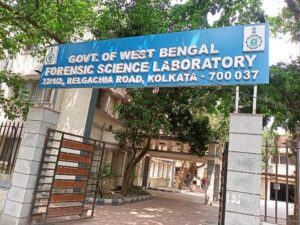 On March 15, 2002, an inquiry into the tampering of DNA evidence was ordered, and a senior doctor and others involved were suspended. Fresh samples examined by CFSL, Kolkatta established the truth behind the Pathribal fake encounter. An inquiry by Kuchai Commission found that the forensic team and police had fudged the DNA samples.
On March 15, 2002, an inquiry into the tampering of DNA evidence was ordered, and a senior doctor and others involved were suspended. Fresh samples examined by CFSL, Kolkatta established the truth behind the Pathribal fake encounter. An inquiry by Kuchai Commission found that the forensic team and police had fudged the DNA samples.
The Milkman Files —
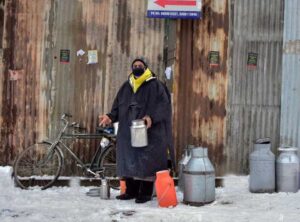 The entire police case was built upon a man called Mohammad Yousuf Wagay, who, the police had told Advani and the media, had guided the “killers” to the village. His arrest within five days of the killings of 35 Sikhs was announced in New Delhi in the full glare of the world’s cameras by none less than the Union Home Secretary Kamal Panday. It was on the leads provided by this Wagay guy that the police had engaged five “foreign terrorists” in a 5-hour-long gun battle, killing all of them.
The entire police case was built upon a man called Mohammad Yousuf Wagay, who, the police had told Advani and the media, had guided the “killers” to the village. His arrest within five days of the killings of 35 Sikhs was announced in New Delhi in the full glare of the world’s cameras by none less than the Union Home Secretary Kamal Panday. It was on the leads provided by this Wagay guy that the police had engaged five “foreign terrorists” in a 5-hour-long gun battle, killing all of them.
Eventually, the Anantnag Police exonerated Mohammad Yousuf Wagay after months of investigation and reduced the charge from Section 302 for being an accomplice in the murder of 35 Sikhs to trying to disturb breach the peace (CrPC 107/151).
It was now clear that Wagay was framed, that the five men killed at Pathribal and dubbed as foreign militants were innocent local villagers abducted from their homes.
The Kashmir Files had turned very, very murky.
The Inquiry Files —
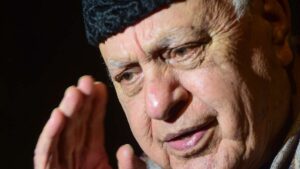 Seven months after the killings of 35 Sikhs, CM Farooq Abdullah announced a judicial commission headed by Justice Pandian. It was to inquire into the Chittisinghpora massacre as well as the Pathribal fake encounter. The good judge had completed his probe into the Brakpora firing and linked it to the Pathribal fake encounter, but the CM had a change of heart and decided there was no need to probe Chittisinghpora. Eventually, the Pathribal case went to the CBI in 2003 which took three years to finally clinch that it was a fake encounter and a “cold-blooded” plot by Indian Army officers.
Seven months after the killings of 35 Sikhs, CM Farooq Abdullah announced a judicial commission headed by Justice Pandian. It was to inquire into the Chittisinghpora massacre as well as the Pathribal fake encounter. The good judge had completed his probe into the Brakpora firing and linked it to the Pathribal fake encounter, but the CM had a change of heart and decided there was no need to probe Chittisinghpora. Eventually, the Pathribal case went to the CBI in 2003 which took three years to finally clinch that it was a fake encounter and a “cold-blooded” plot by Indian Army officers.
Back to Chittisinghpora Files —
No one ever probed Chittisinghpora massacres. The CBI’s remit was limited to Pathribal. The clear conclusion is that no one wants to know the truth about Chittisinghpora.
At one stage, security forces claimed to have arrested two Lashkar militants Mohammad Suhail Malik and Wasim Ahmed, both Pakistani nationals and recorded their disclosure about involvement in the Chittisinghpora massacre. They were acquitted by the trial court, but the order was challenged in the Delhi High Court which again acquitted them in May 2012.
Eventually, and silently, they were repatriated to Pakistan. No one among the nationalists, including those recommending The Kashmir Files movie as the history of militancy in the valley, made any noise.
* * *
No inquilab can happen without a determination to ask tough questions of the powerful: “Who killed the 35 Sikhs in Chittisinghpora?”
Punjab marks its tryst with Shaheed Bhagat Singh and vows to usher in an Inquilab every 23rd of March. No inquilab can happen without a determination to ask tough questions of the powerful: “Who killed the 35 Sikhs in Chittisinghpora?”
Ever since the massacre, Kashmir has remained agog with conspiracy talk. Much was published and talked about the language that the killers spoke, the names they used for each other, and how it did not have the hallmarks of acts carried out by Kashmiri terrorists.
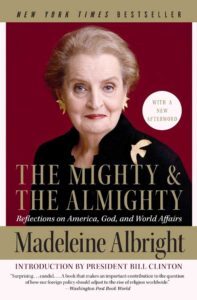 In 2006, Madeleine Albright, the highest-ranking woman in the history of the American government at the time when she was US Secretary of State (1997-2001), wrote a book called “The Mighty and the Almighty: Reflections on America, God, and World Affairs.” In its foreword, Bill Clinton wrote:
In 2006, Madeleine Albright, the highest-ranking woman in the history of the American government at the time when she was US Secretary of State (1997-2001), wrote a book called “The Mighty and the Almighty: Reflections on America, God, and World Affairs.” In its foreword, Bill Clinton wrote:
“During my visit to India in 2000, some Hindu militants decided to vent their outrage by murdering thirty-eight Sikhs in cold blood. If I hadn’t made the trip, the victims would probably still be alive. If I hadn’t made the trip because I feared what religious extremists might do, I couldn’t have done my job as president of the United States.”
When it became a matter of controversy, the publisher, Harper Collins, said the reference to “Hindu militants” will be removed in subsequent printings. Clinton’s office never commented on it.
Clinton’s Deputy Secretary of State, Strobe Talbott, who described his “fourteen meetings at ten locations in seven countries on three continents” with the then Indian Foreign Minister Jaswant Singh in his book, “Engaging India,” also expressed serious American misgivings about the Chittisinghpora massacre.
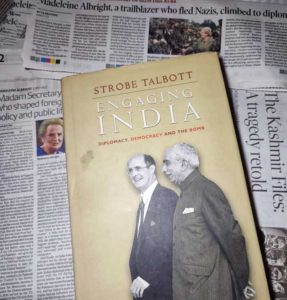
“From the moment he got off the plane, Clinton spoke about “sharing the outrage” of the Indian people (but) did not endorse the accusation that Pakistan was behind the violence since the US had no independent confirmation,” Talbott writes in his book.
The Indian government never picked up a quarrel with Clinton, or Albright, or Talbott.
The apparent error was aggrandized by Clinton’s refusal to acknowledge it, and exacerbated by Pankaj Mishra’s book, “Temptations of the West: How to be Modern in India, Pakistan, Tibet and Beyond”, where he repeated the allegations against “Hindu Militants” even after the confession of the Lashkar-e-Toiba militant.
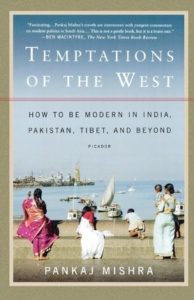
Pankaj Mishra weighs in on the issue of who killed the 35 Sikhs hours before Clinton’s visit:
“The Indian failure to identify or arrest even a single person connected to the killings or the killers, and the hastiness and brutality of the Indian attempt to stick the blame on “foreign mercenaries” while Clinton was still in India, only lends weight to the new and growing suspicion among Sikhs that the massacre in Chitisinghpura was organized by Indian intelligence agencies in order to influence Clinton, and the large contingent of influential American journalists accompanying him, into taking a much more sympathetic view of India as a helpless victim of Islamic terrorists in Pakistan and Afghanistan: a view of India that some very hectic Indian diplomacy in the West had previously failed to achieve.” {Death in Kashmir, by Pankaj Mishra, The New York Review, September 21, 2000 issue} (https://www.nybooks.com/articles/2000/09/21/death-in-kashmir/?lp_txn_id=1338630)
We still do not know who killed the 35 Sikhs during that Basant of 2000, but since we are currently very busy asking where is Amritpal Singh and searching through a pile of CCTV video grabs and sundry unreliable reports of his sightings, we might as well expand our curiosity and ask: who killed 35 Sikhs in Chittisingpora?
Also, the community needs to ask itself why is it not interested in revisiting its own Kashmir files.
When India is learning the history of militancy in Kashmir from a movie and forming a narrative about what happened to minorities in that Valley dominated by Muslims and seemingly infested by Political Islam’s jihadists, it is time to ask with a renewed fervour the old questions about dead Sikhs.
How else will The Panthic Kashmir Files be completed? The Sikh community must annex The Chittisinghpora Files, The Pathribal Files, and The Brakpora Files to India’s The Kashmir Files. India’s Prime Minister, Narendra Modi, recommended ‘The Kashmir Files’. It is time to return the favour, and recommend the Panth’s own Kashmir Files, unless we are happy to live with stuff forgotten in the cobwebs of our collective Panthic memory and instead stay up to date with the latest state farce around the figure of Amritpal.
*****
When the hurly-burly’s done,
When the battle’s lost and won.
— The second witch in Macbeth
******
 (SP Singh is a Chandigarh-based senior journalist and anchor of a political weekly debate on television, ‘Daleel with SP Singh’. His interests encompass politics, arts, society, academia, and yes, even trivia. He hardly plays ball with his cohort of hacks but has the balls to write stuff like this.)
(SP Singh is a Chandigarh-based senior journalist and anchor of a political weekly debate on television, ‘Daleel with SP Singh’. His interests encompass politics, arts, society, academia, and yes, even trivia. He hardly plays ball with his cohort of hacks but has the balls to write stuff like this.)
 Print
Print

 88
88

